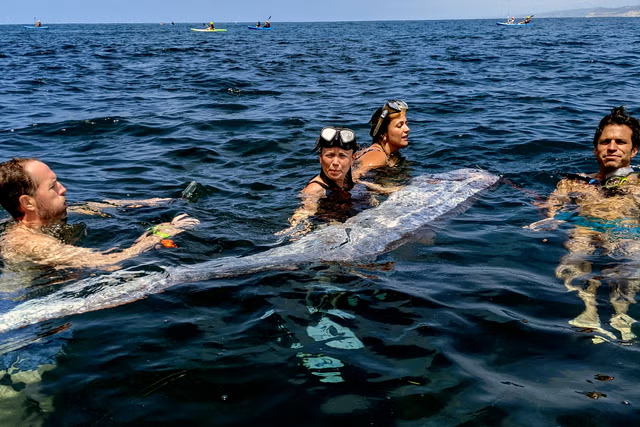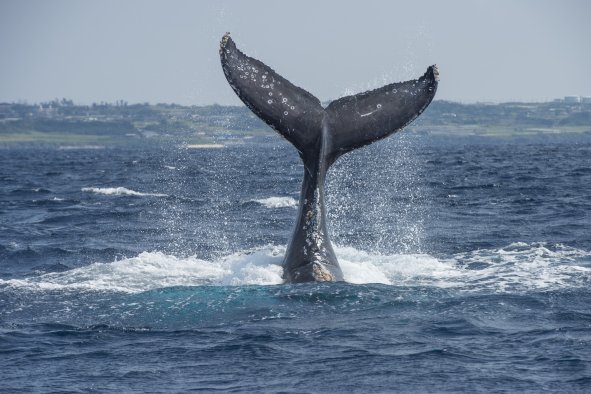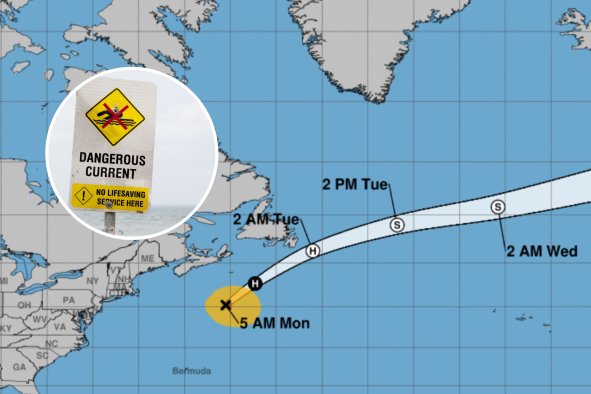Scientists may have figured out the cause of some bizarre seismic waves echoing around the Earth's insides which have puzzled them for decades.
These mysterious waves, known as PKP precursors, arrive just before a type of seismic wave known as PKP waves, which travel through the Earth during an earthquake.
Now, according to a new paper in the journal AGU Advances, researchers may have figured out what causes them.
"These are some of the most extreme features discovered on the planet. We legitimately do not know what they are," study co-author Michael Thorne, a University of Utah associate professor of geology and geophysics, said in a statement.
PKP waves are a subset of P-waves (primary waves), which are compressional earthquake waves that travel through the Earth's interior. Specifically, PKP waves are P-waves that have traveled through the Earth's mantle and core, and arrive at the surface at a variety of speeds depending on how far they traveled through these layers.
PKP precursors arrive just before these PKP waves, but because they are scattered deep in the mantle, it's hard to know exactly where they originated.
According to the new paper, these PKP precursor waves could be associated with thin areas of the mantle called "ultra-low velocity zones" (ULVZ), which are regions where seismic waves are slowed down significantly.
"One thing we know is they seem to end up accumulating underneath hotspot volcanoes. They seem like they may be the root of whole mantle plumes giving rise to hotspot volcanoes," Thorne said.
These plumes are responsible for a variety of areas of volcanic activity around the world, ranging from Yellowstone and Hawaii to Iceland and Samoa.
"These really, really big volcanoes seem to persist for hundreds of millions of years in roughly the same spot," Thorne said. "[One of the largest ULVZs] sits right beneath Samoa, and Samoa is one of the biggest hotspot volcanoes."
In the paper, the researchers describe how they analyzed PKP waves from 58 earthquakes across North America, discovering that these PKP precursors likely came from the boundary between the core and the mantle.
"I can put virtual receivers anywhere on the surface of the earth, and this tells me what the seismogram should look like from an earthquake at that location. And we can compare that to the real recordings that we have," Thorne said. "We're able to now back-project where this energy's coming from."
They then compared this data with models, which showed that PKP precursors are probably associated with ULVZ structures beneath North America and the western Pacific.
The researchers suggest that these 10- to 20-mile thick ULVZs may be formed when tectonic plates are subducted—pushed beneath another plate—and impinge on the core-mantle boundary.
"What we've now found is that these ultra-low velocity zones do not just exist beneath the hotspots. They're spread out all across the core-mantle boundary beneath North America," Thorne said.
"It really looks like these ULVZs are getting actively generated. We don't know how. But because we're seeing them near subduction, we think mid-ocean ridge basalts are getting melted, and that is how it's getting generated. And then the dynamics is pushing these things all across Earth, and ultimately they're going to accumulate beneath the hotspots."
"They may additionally accumulate beneath the hotspots, but it is unclear if these ULVZs are generated by the same process," he said.
References
Thorne, M. S., Pachhai, S., Li, M., Ward, J., & Rost, S. (2024). Investigating Ultra-Low Velocity Zones as Sources of PKP Scattering Beneath North America and the Western Pacific Ocean: Potential Links to Subducted Oceanic Crust. AGU Advances, 5(4). https://doi.org/10.1029/2024AV001265
Disclaimer: The copyright of this article belongs to the original author. Reposting this article is solely for the purpose of information dissemination and does not constitute any investment advice. If there is any infringement, please contact us immediately. We will make corrections or deletions as necessary. Thank you.



